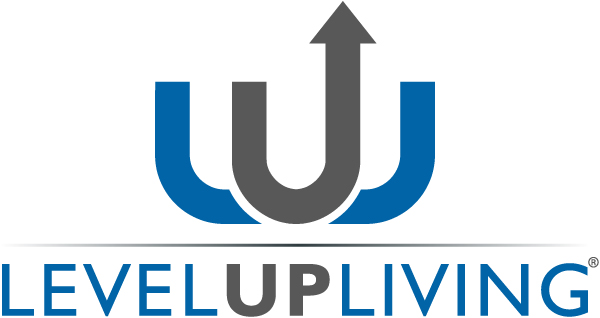Introduction
Effective decision-making is a cornerstone of success in both personal and professional life. By honing your decision-making skills, you can navigate challenges with confidence and clarity. In this guide, we’ll explore practical strategies to enhance your decision-making process and empower you to make informed choices.
Reflect on Past Decisions
One of the most effective ways to improve your decision-making skills is to set aside dedicated time each week to reflect on past decisions. Consider what went well, what could have been done differently, and what lessons you can learn from each decision. This practice not only fosters a growth mindset but also enhances transparency and collaboration within your team.
Actionable Exercise:
Choose a recent decision you made and reflect on the outcome. What were the key factors that influenced your decision? How did it align with your goals? What could you do differently next time?
Solicit Feedback
Feedback is a valuable tool for improving your decision-making process. Seek input from colleagues, mentors, or trusted advisors to gain different perspectives on your decisions. Constructive feedback can help you identify blind spots, refine your thinking, and make more informed choices in the future.
Real-World Example:
John, a team leader, regularly seeks feedback from his team members after making important decisions. This practice not only fosters open communication but also empowers team members to contribute their insights and suggestions, leading to better outcomes for the entire team.
Utilize Decision-Making Frameworks
Decision-making frameworks provide a structured approach to evaluating options and making choices. Whether you prefer the SWOT analysis, cost-benefit analysis, or the Eisenhower Matrix, utilizing a framework can help you streamline your decision-making process and reduce cognitive biases.
Key Tip:
Choose a decision-making framework that aligns with your goals and preferences. Experiment with different frameworks to find the one that works best for you.
FAQ Section
Q: How can I overcome decision-making paralysis?
A: Decision-making paralysis can be overcome by breaking down complex decisions into smaller, manageable steps. Set clear criteria for your choices and prioritize actions based on their impact.
Q: What role does intuition play in decision-making?
A: Intuition can be a valuable asset in decision-making, especially in situations where time is limited or information is incomplete. However, it’s essential to balance intuition with data-driven analysis to make well-informed decisions.
Q: How can I improve my risk assessment skills?
A: Improving risk assessment skills involves evaluating potential risks, considering their likelihood and impact, and developing contingency plans. Practice scenario planning and seek input from experts to enhance your risk assessment abilities.
Q: What are the common cognitive biases that affect decision-making?
A: Common cognitive biases include confirmation bias, anchoring bias, and availability bias. Recognizing these biases and actively seeking diverse perspectives can help mitigate their impact on your decisions.
Q: How can I enhance my decision-making speed without sacrificing quality?
A: To enhance decision-making speed without compromising quality, focus on prioritizing critical factors, setting clear timelines, and delegating tasks when necessary. Streamlining your decision-making process can help you make efficient choices without rushing the outcome.
Q: What strategies can I use to make decisions under pressure?
A: When making decisions under pressure, practice mindfulness techniques to stay calm and focused. Prioritize information that is crucial to the decision, rely on past experiences, and seek input from trusted advisors to make informed choices swiftly.
Q: How can I involve my team in the decision-making process effectively?
A: Involving your team in the decision-making process effectively requires clear communication, active listening, and creating a collaborative environment. Encourage team members to share their perspectives, consider their input, and provide feedback on the final decision.
Q: What are the benefits of data-driven decision-making?
A: Data-driven decision-making allows you to leverage insights from quantitative and qualitative data to make informed choices. By analyzing data trends, patterns, and metrics, you can reduce uncertainty, minimize risks, and optimize outcomes.
Q: How can I develop a structured approach to decision-making?
A: Developing a structured approach to decision-making involves defining clear objectives, gathering relevant information, evaluating alternatives, and assessing potential risks and benefits. Create decision-making checklists or templates to guide your process and ensure consistency.
Q: How can I evaluate the effectiveness of my decision-making process?
A: To evaluate the effectiveness of your decision-making process, track key performance indicators, gather feedback from stakeholders, and reflect on the outcomes of your decisions. Identify areas for improvement, implement changes, and measure the impact of these adjustments on future decisions.
